Introducing the fifth number in this evening’s set, Erin Birgy speaks to the audience for the first time. “This is our last song, thank you,” she says. Thoughts of early Jesus and Mary Chain shows instantly surface. Is this going to be a 20-minute wonder? A five-song digest of where Birgy – who records and writes as Mega Bog – is now, playing her first UK dates since the release of her seventh album The End of Everything? Is it the end of the show?
Despite the announcement, it isn’t. Ten songs are played over 50 minutes. But the proclamation is emblematic of the issues and questions inherent to trying to get a handle on the free-spirited American experimental popster.
A facsimile of new album 'The End of Everything' would not be on offer
Up to The End of Everything, her previous brace of albums were jazz-leaning, broadly in line with boundary-free singer-songwriters who initially surfaced in the US folk scene such as Tim Buckley and Mingus-era Joni Mitchell. Birgy has a fondness for abrupt shifts in tempo. Her voice suddenly changes pitch. Lyrics are allusive and oblique. Birgy was a published poet before she started recording, and the release of The End of Everything was accompanied by the newly written book The Practice of Hell Ending. Like those of Norway’s Jenny Hval, each record is part of a wider, individual, artistic eco-system.
The End of Everything, co-produced by Big Thief’s James Krivchenia, is different to what had come before. Birgy – who adopted the name Mega Bog after a comment made when she was drenched in sweat during a fever – decided to create a more straightforward music. A first step was simplifying her guitar playing. However, this didn’t work so she began composing on a synthesiser. It resulted in her most direct album to date: framing her by turns swooping, conversational, whispering and declamatory voice in a synth-pop nodding to the streamlined Eighties soul of Phil Collins as much to the disco of Patrick Cowley.
A facsimile of the new album would not be on offer as, apart from Birgy, none of the people on stage played on The End of Everything. The London-based Marco Briatore (drums – from the band Sweet Giant; his wide-ranging résumé encompasses drumming with a former member of Buck’s Fizz), Joel Burton (keyboards), Eno Inwang (percussion, also London-based) and Marie Merlet (bass – French, London-based too) came together with Birgy to reinterpret the new album.
As it is with Sweden's The Knife, the nature of the person creating the art is obscured behind the presentation
Given the album’s compositional foundation, Birgy unexpectedly played guitar rather than keyboards. There’s a Frank Zappa sharpness to her technique, but without an angularity: in the region of Television’s Richard Lloyd were he reductively channelling John McLaughlin. And despite Burton’s keyboards oscillating between a rhythmic pulse and a sonic wash, this is not a synth-pop show.
The transformation of what was heard on The End of Everything brought an urgent, new wave-leaning slant to the album’s songs. Lene Lovich and the Toyah of “Ieya” come to mind, along with Stop Making Sense Talking Heads. As do Swedish art-dance duo The Knife. The set’s closing version of “Love is” (Birgy’s disco revamp of a song by defunct Arizona band Dragons) was closest to what was recently released, though the new album’s “Cactus People” and “The Clown” retained the anthemic flair and forward motion of the studio versions. “Station to Station” from her last album Life, And Another, and “Diary of a Rose” from its predecessor Dolphine, were also similarly revamped. Experiencing this further shift in her musical evolution was as confounding as the “this is our last song” comment.
Just as it is with The Knife, the nature of the person creating the art is obscured behind the presentation. In interviews, Birgy is frank and open. But in her music and written words, the core ambiguity is how much of what’s heard and seen is her, and how much of it is the art. Are they as one? Or separate? Sometimes, it has to be accepted that answers are out of reach. Going with the flow is the best option. Which seems to be what Birgy was thinking as she dived into the audience to roar through an intense “Love is.”

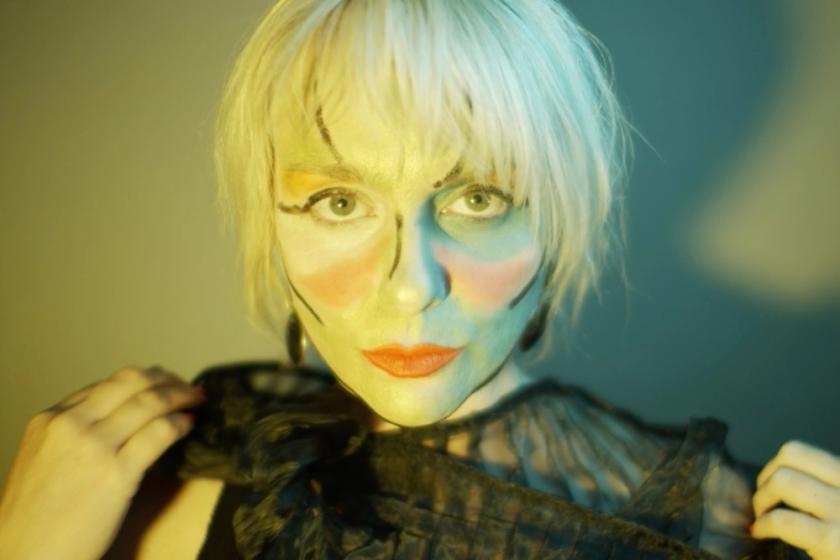





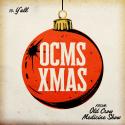
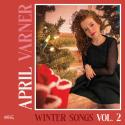
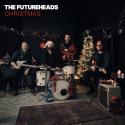
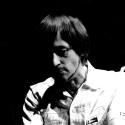

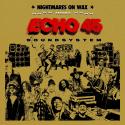
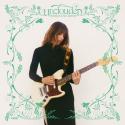

Add comment